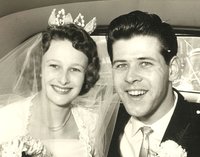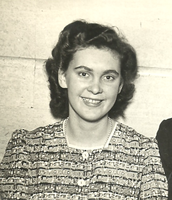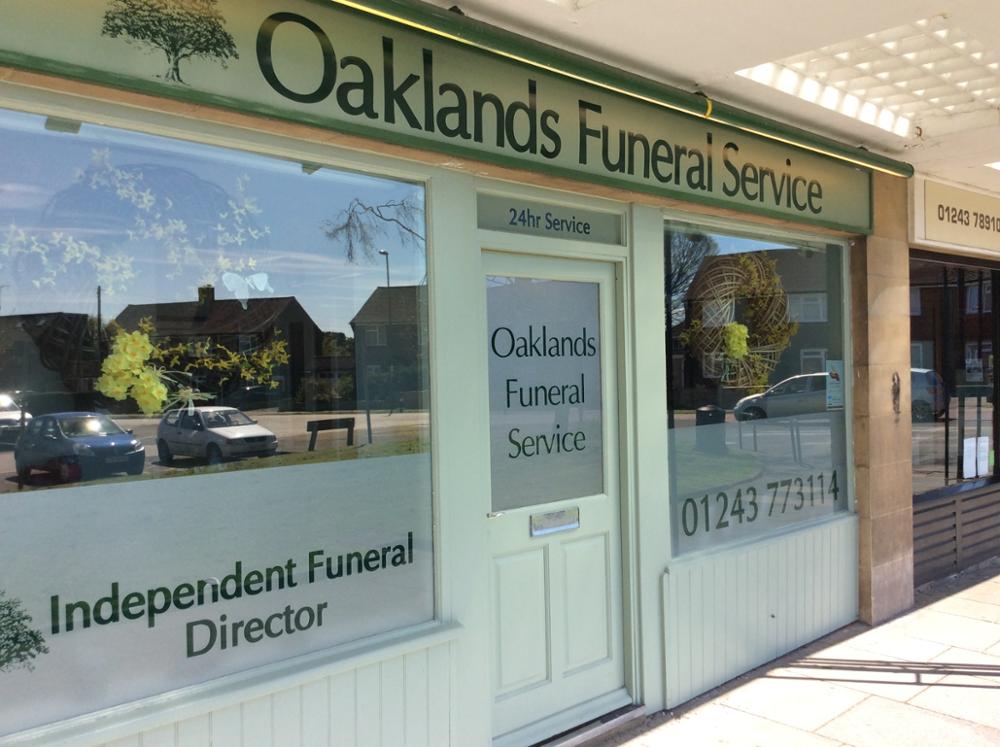WELCOME TO OAKLANDS FUNERAL SERVICE
BURIAL OR CREMATION
BURIAL SERVICES
Family or religious traditions are often a factor for choosing burial.
Places of burial:
A Cemetery is a place in which bodies and cremated remains are buried. They are not usually joined to a church, whereas a graveyard is located in a churchyard or church grounds.
Monumental cemetery: A monumental cemetery is the traditional style of cemetery where headstones or other monuments made of marble or granite rise vertically above the ground. There are countless different types of designs for headstones, ranging from very simple to large and complex.
Lawn cemetery: A lawn cemetery is where each grave is marked with a small commemorative plaque that is placed horizontally at the head of the grave at ground-level. Families can still be involved in the design and the information contained on the plaque, however in most cases the plaques are a standard design.
Mausoleum: A mausoleum is an external free-standing building constructed as a monument enclosing the interment space or burial chamber of a deceased person or people. A mausoleum may be considered a type of tomb or the tomb may be considered to be within the mausoleum. The most famous mausoleum is the Taj Mahal in India.
Columbarium: Columbarium walls are generally reserved for cremated remains. While cremated remains can be kept at home by families or scattered somewhere significant to the deceased.
Natural Burial Grounds: Natural cemeteries, also known as eco-cemeteries, woodland burials or green cemeteries are a new style of cemetery set aside for natural burials. Natural burials are motivated by the desire to be environmentally conscience, although natural burials can be performed at any type of cemetery, they are usually done in a natural woodland area. Conventional markings such as headstones are generally replaced with a tree or a bush or a placement of a natural rock.
Burial FAQ
Why is having a burial place so important?
To remember and to be remembered are natural human needs. A permanent memorial in a cemetery provides a focal point for remembrance and memorializing the deceased. Throughout human history, honoring the dead has been a key component of almost every culture. Psychologists say that remembrance practices, from the funeral or memorial service to permanent memorialization, serve an important emotional function for survivors by helping them bring closure and allowing the healing process to begin.
What happens when a cemetery runs out of land?
When a cemetery runs out of land, it will continue to operate and serve the community.
Does a body have to be embalmed before it is buried?
No. Embalming is a personal choice which depends on factors like if there is to be a viewing of the body or if there is to be an extended time between death and internment. Public health laws may require embalming if the body is going to be transported by air or rail.
CREMATION SERVICES
A cremation only refers to what happens to the physical remains, in no way does this limit how you can honor your loved ones life. If the body is cremated the remains can be kept with the family, scattered over land or water or they can be buried in a cemetery or natural burial ground. (a place that was significant – Local Regulations need to be observed).
Cremation FAQ
What is Cremation?
Cremation is the process of reducing the human body to bone fragments using high heat and flame. Cremation is not the final disposition of the remains.
Is a coffin needed for Cremation?
Yes, there are a variety of options available to include Wooden, Willow, Cardboard and Bamboo.
Is embalming required prior to cremation?
No.
Can the body be viewed without embalming?
Yes, most funeral directors will allow immediate family members to view the deceased prior to cremation.
What can be done with the cremated remains?
Remains can be buried in a cemetery, natural burial ground or a cremation garden, kept at home or scattered.
Do I need an urn?
An urn is not required by law. However, an urn may be desired if there is to be a memorial service or celebration of life or if the remains are to be interred in a cemetery. If an urn is not purchased or provided by the family the cremated remains will be returned in a temporary plastic container.














